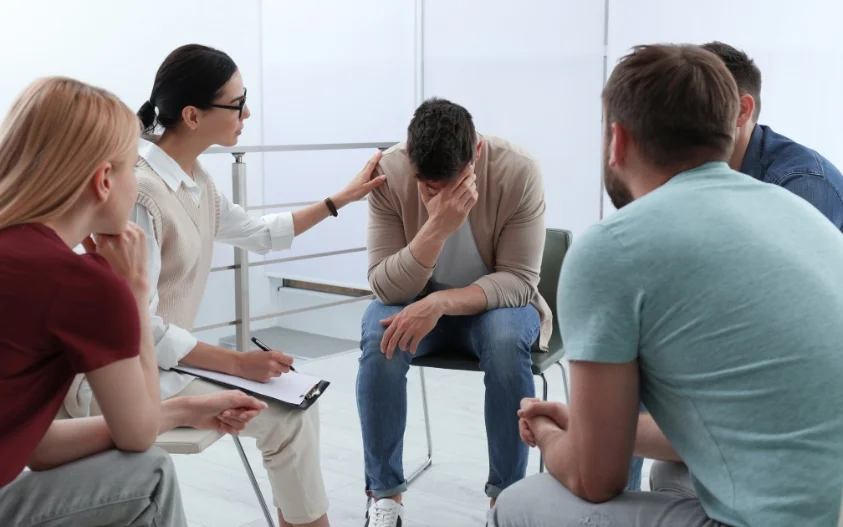24/7 Helpline:
(866) 899-111424/7 Helpline:
(866) 899-1114
Learn more about PTSD Rehab centers in Loma Linda

Other Insurance Options

Access to Recovery (ATR) Voucher

UMR

United Health Care

Regence

ComPsych

Private insurance

BlueShield

Absolute Total Care

CareSource

Health Choice

AllWell

Magellan Health

UnitedHealth Group

Medical Mutual of Ohio

Group Health Incorporated

Coventry Health Care

WellPoint

Sutter

Cigna

Lucent





Benchmark Transitions
Benchmark Transitions offers residential treatment, extended care and transitional living for young ...





